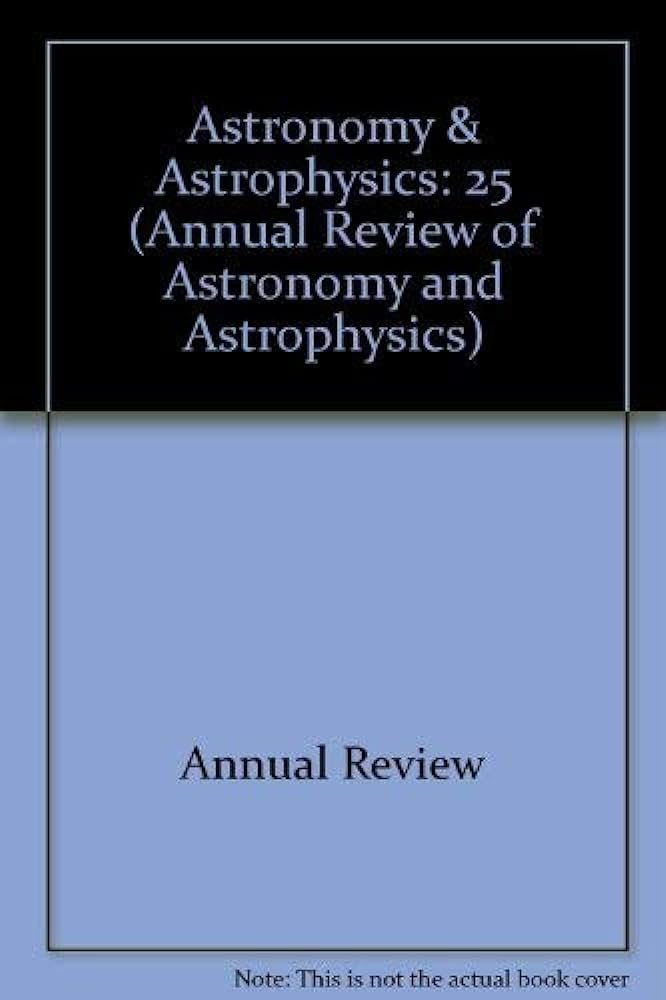Galaxy Formation and Reionization: Key Unknowns and Expected Breakthroughs by the James Webb Space Telescope
IF 32.5
1区 物理与天体物理
Q1 ASTRONOMY & ASTROPHYSICS
Annual Review of Astronomy and Astrophysics
Pub Date : 2021-10-25
DOI:10.1146/annurev-astro-120221-044656
引用次数: 43
Abstract
The launch of the James Webb Space Telescope (JWST) in late 2021 marks a new start for studies of galaxy formation at high redshift ( z ≳ 6) during the era of cosmic reionization. JWST can capture sensitive, high-resolution images and multiobject spectroscopy in the IR that will transform our view of galaxy formation during the first billion years of cosmic history. This review summarizes our current knowledge of the role of galaxies in reionizing intergalactic hydrogen ahead of JWST, achieved through observations with the Hubble Space Telescope and ground-based facilities including Keck, the Very Large Telescope, Subaru, and the Atacama Large Millimeter/Submillimeter Array. We identify outstanding questions in the field that JWST can address during its mission lifetime, including with the planned JWST Cycle 1 programs. These findings include the following: ▪ Surveys with JWST have sufficient sensitivity and area to complete the census of galaxy formation at the current redshift frontier ( z ∼ 8–10). ▪ Rest-frame optical spectroscopy with JWST of galaxies will newly enable measures of star-formation rate, metallicity, and ionization at z ∼ 8–9, allowing for the astrophysics of early galaxies to be constrained. ▪ The presence of evolved stellar populations at z ∼ 8–10 can be definitively tested by JWST, which would provide evidence of star formation out to z ∼ 15. Expected final online publication date for the Annual Review of Astronomy Volume 60 is August 2022. Please see http://www.annualreviews.org/page/journal/pubdates for revised estimates.星系的形成和再电离:詹姆斯·韦伯太空望远镜的关键未知和预期突破
詹姆斯·韦伯太空望远镜(JWST)于2021年末发射,标志着研究宇宙再电离时代高红移(z≳6)星系形成的新开始。JWST可以在红外光谱中捕捉敏感、高分辨率的图像和多目标光谱,这将改变我们对宇宙历史前10亿年星系形成的看法。这篇综述总结了我们目前对JWST之前星系在星系间氢再电离中的作用的了解,这是通过哈勃太空望远镜和包括凯克、超大望远镜、斯巴鲁和阿塔卡马大型毫米/亚毫米阵列在内的地面设施的观测实现的。我们确定了JWST在其任务寿命期间可以解决的领域中的未决问题,包括计划中的JWST周期1项目。这些发现包括以下内容:▪ JWST的调查具有足够的灵敏度和面积,可以完成当前红移前沿(z~8-10)星系形成的普查。▪ JWST星系的静止框架光谱将新实现对恒星形成速率、金属丰度和z~8-9电离的测量,从而限制早期星系的天体物理学。▪ JWST可以对z~8-10的演化恒星群的存在进行明确的测试,这将为z~15的恒星形成提供证据。《天文学年度评论》第60卷预计最终在线出版日期为2022年8月。请参阅http://www.annualreviews.org/page/journal/pubdates用于修订估算。
本文章由计算机程序翻译,如有差异,请以英文原文为准。
求助全文
约1分钟内获得全文
求助全文
来源期刊

Annual Review of Astronomy and Astrophysics
地学天文-天文与天体物理
CiteScore
54.80
自引率
0.60%
发文量
14
期刊介绍:
The Annual Review of Astronomy and Astrophysics is covers significant developments in the field of astronomy and astrophysics including:The Sun,Solar system and extrasolar planets,Stars,Interstellar medium,Galaxy and galaxies,Active galactic nuclei,Cosmology,Instrumentation and techniques,
History of the development of new areas of research.
 求助内容:
求助内容: 应助结果提醒方式:
应助结果提醒方式:


